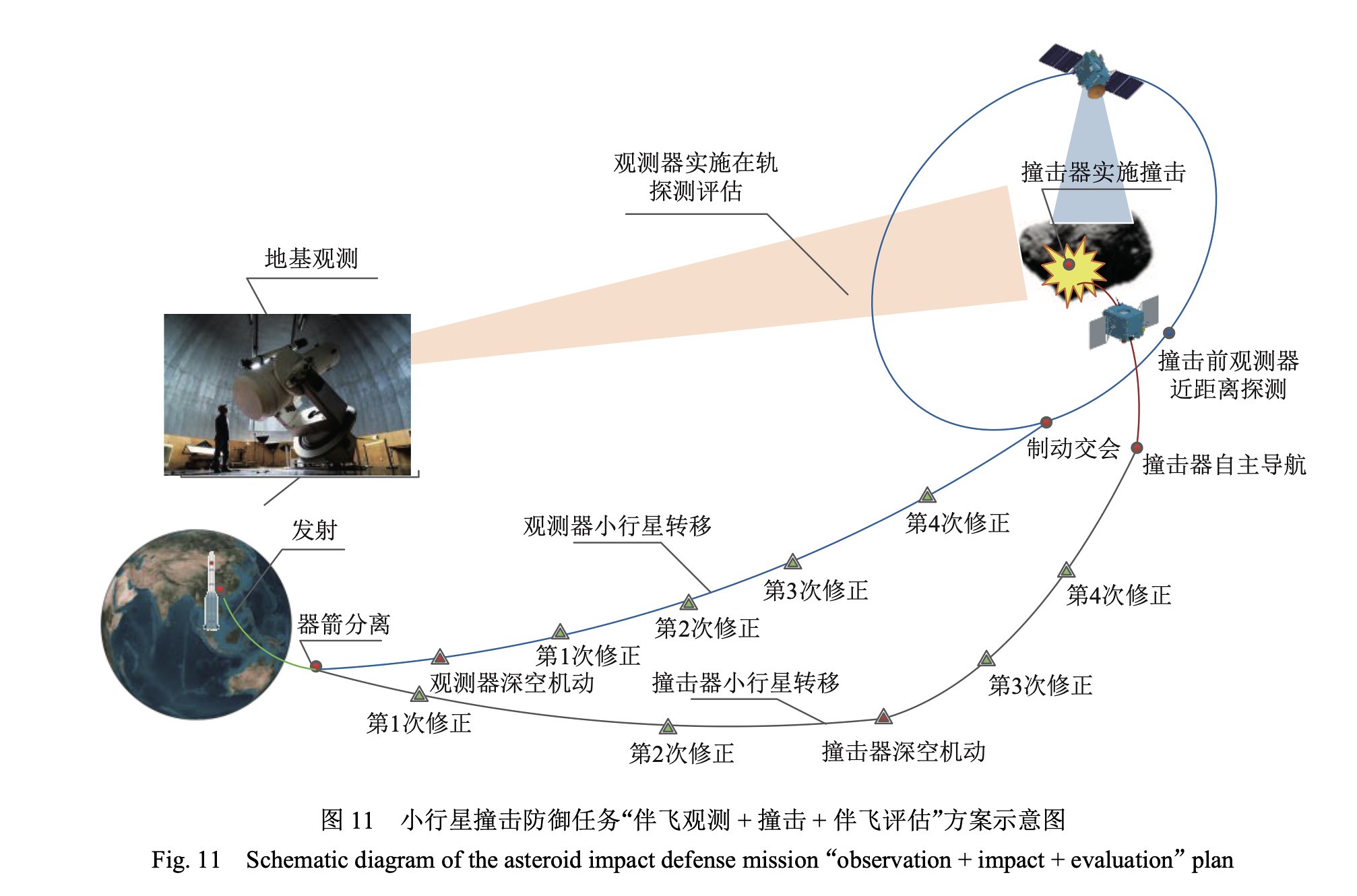antiterror13
Brigadier
Looks like ISS is having some real issues now. I wonder if this will force other countries to talk to China for access to China's space station.
You meant the other country (big country) would demand China to adopt their standards if they want to talk and access China's space station ?












